Cochineal Extract Dye
Cochineal Extract Dye comes from the same Peruvian farm that supplies our dried cochineal. Dyers have used Carmine—the traditional form of cochineal extract—since the 17th century. It produces deep reds on animal fibers such as wool and silk.
Because manufacturers precipitate carminic acid with aluminum to create Carmine, it only dissolves well at high pH levels. As a result, it performs poorly on cotton and when used with alternative mordants.
We recommend using C.A. Plus for dyeing textiles because it dissolves more easily, applies more smoothly, and delivers results closer to raw cochineal.
If you’d like to explore the historical version, feel free to try our Cochineal Extract Carmine. Check out the recipes and tips below to get started.
Background on Cochineal Dye
The cochineal, or grana, is a scale insect (Dactylopius coccus) that lives its entire life on cactus pads. Female insects produce a bright red compound called carminic acid to deter predators—an added benefit for humans, as carminic acid serves as an excellent textile dye. It yields colorfast, lightfast reds and purples that dyers have prized for centuries.
Indigenous cultures in Mexico began cultivating cochineal for dyeing long before European contact. In the Nahuatl language, the insect was known as nocheztli, meaning “blood of the cactus” (Bassett and Peterson 2012:48). Rural provinces sent cochineal as tribute to the Aztec capital, and Europeans first encountered it in the vibrant markets of Tenochtitlan in the 16th century.
Alongside silver and logwood, cochineal quickly became one of New Spain’s most valuable exports. The Spanish banned the export of live insects and maintained a monopoly on cochineal until the early 19th century. After the Mexican Revolution, smugglers introduced the bugs to Spain’s Canary Islands, but the industry there collapsed after the invention of synthetic red dyes just a few decades later.
Today, farmers in the high deserts of Peru produce most of the world’s cochineal. The region’s climate supports the cacti that cochineal insects depend on to survive.
Cochineal is now available in many forms, including a range of extracts with different strengths, colors, and applications. The oldest and best-known form is carmine—carminic acid that has been turned into a pigment or color lake, usually with alum, though other precipitation methods exist (Crookes 1874:358–360).
Historians believe a Franciscan monk in Italy first developed carmine, and by the mid-17th century, European dyers used it widely to print calicos and dye fine silks (ibid:359).
Carmine showcases cochineal’s bright red color in combination with aluminum while pure carminic acid appears dull brownish-purple. The downside is that, as a pigment or lake, carmine doesn’t fully dissolve unless the pH is high. It also performs poorly with mordants other than alum.
Safety Precautions for Cochineal Extract Dye
DO NOT INGEST. We sell this extract for textile dyeing only. It is not intended for use as a food colorant.
Avoid eye contact. If the extract gets into your eyes, rinse immediately with cool water.
Do not use this extract as a cosmetic additive. Do not apply it directly to skin or hair.
Open the container carefully to prevent spills or airborne dust.
Cochineal Extract Carmine permanently dyes clothing, countertops, rugs, utensils, and other surfaces. Avoid contact with anything you don’t intend to dye.
If you spill the extract, wipe it up immediately using a paper towel or disposable cloth.
Use only dye pots and utensils specifically dedicated to dyeing. Do not use any pots, containers, spoons, tongs, thermometers, or other tools that you also use for food preparation.
Keep Cochineal Extract Carmine, all metal mordants, and any dye baths or mordant solutions out of reach of children and pets. Use only with adult supervision.
We assume no responsibility for misuse of this product or for any accidental staining of clothing, workspace, or personal property. Use only as directed.
Recommended Supplies for Cochineal Extract Dye
You’ll need a few essential tools and ingredients to get the best results when dyeing with Cochineal Extract Carmine from us:
-
pH strips and a candy thermometer help you monitor and control the dye bath more accurately.
-
Dye pot: Choose a pot large enough to hold all your fibers with room for movement and liquid circulation. A large stainless steel stock pot or one with a non-stick interior works best for cochineal.
-
Metal tongs: Use a dedicated pair of tongs for stirring and removing fabric from the dye bath. Never use dye tools for food.
-
Rubber gloves: Wear gloves when handling the extract powder or mordanted/dyed fibers before rinsing to avoid staining your hands.
-
Candy thermometer: While cochineal is less temperature-sensitive than some dyes, a simple candy thermometer clipped to the pot makes it easy to maintain consistent heat.
-
Scale: Weigh your fibers, mordant, and extract powder with a kitchen or digital scale for accurate ratios.
-
Alum mordant: Use aluminum potassium sulfate (potash alum) to prepare your fibers. You can usually find this alum in the spice section of grocery stores.
-
Cream of tartar: This ingredient helps shift cochineal colors toward red and improves dye absorption.
-
pH strips: Use these to test and adjust the pH of your dye bath as needed.
-
Disposable cup: Mix the extract powder into a smooth paste in a small disposable cup before adding it to your dye bath.
Using these tools will help you achieve vibrant, consistent results with your cochineal dyeing projects.
Recommended Materials and Uses
You can use Cochineal Dye in many ways. It works best on natural fabrics, but it’s also great for other creative uses.
Best materials:
- Wool and silk – These absorb the dye beautifully and give strong colors.
- Cotton and linen – These plant-based fibers also work well with the right preparation.
- Paper and yarn – Perfect for papermaking and hand-dyed yarns.
- Food and cosmetics – When properly processed, it’s used in candies, drinks, makeup, and more.
Mordanting with Alum
To get the best results from Cochineal Extract Dye, mordant your fibers properly—especially protein fibers like wool, silk, and alpaca. This extract binds best to fibers pre-mordanted with alum (aluminum potassium sulfate), which is commonly found in the spice section of grocery stores.
For Protein Fibers (Wool, Silk, Alpaca):
- Weigh your dry fibers to determine the amount of alum needed. Use 12% weight of fiber (WOF).
Example: If dyeing 100g of wool, use 12g of alum. - Soak the fibers in water for a few hours so the mordant can penetrate evenly.
- Fill a dye pot with hot tap water, leaving room for the fiber.
- Dissolve the alum in the pot. If you’re mordanting with tin as well, add cream of tartar. Stir until fully dissolved.
- Add the soaked fiber to the pot.
- Heat to 180°F and maintain the temperature for 1 hour. If you don’t have a thermometer, look for steam rising without bubbling.
- Stir gently every 15–20 minutes to ensure even mordanting.
- After an hour, let the bath cool. You can rinse immediately or leave the fiber to steep overnight for improved results.
- Wearing gloves, gently squeeze out excess liquid and rinse in lukewarm water.
- Set aside until ready to dye. Keep out of reach of children and pets.
For Cellulose Fibers (Cotton, Linen):
Cochineal Extract Dye performs poorly on cotton due to its alum base. For vibrant results, use Raw Cochineal or Wild Madder Extract. If you still wish to try Carmine:
- Scour the fabric with a high-temperature wash and plenty of detergent (Tide® is effective).
- Apply a tannin (e.g., Gallnut, Tara, Sumac, or Myrobalan) at 2–5% WOF. Simmer the fabric for 1 hour in a tannin bath and stir frequently.
- Rinse well, then mordant as for protein fibers, but add 2% WOF soda ash slowly to the bath to raise pH.
Dispose of mordant solutions responsibly, following local regulations.
Recipe – Cherry Red
Create vibrant cherry red shades on wool and silk using Cochineal Extract Carmine from us. Cream of tartar enhances cochineal’s red tones and boosts dye uptake, resulting in rich, deep color. Be sure to avoid alkaline detergents during rinsing, as they can shift the color toward purple or pink.
- Fill your dye pot with warm water, ensuring there’s enough space for fibers to move and for the dye to circulate freely.
- Adjust the pH to 5 by adding cream of tartar. If you don’t have pH strips, add 2 teaspoons to create a slightly acidic bath.
- Weigh out 4% WOF (Weight of Fabric) of Cochineal Extract Carmine into a disposable cup.
- Example: For 100g of fiber, use 4g of extract.
- Add a bit of hot water to the cup and stir thoroughly to create a smooth slurry. Break up any clumps to avoid uneven dyeing.
- Pour the slurry into the dye bath and stir well. The bath should turn a rich cherry red.
- Add pre-mordanted fibers to the dye bath.
- Heat the bath to 180°F and maintain this temperature for 1.5–2 hours, stirring every 20 minutes to ensure even color.
- After dyeing, remove the pot from heat and let it cool to room temperature.
- Remove the fibers and rinse briefly with lukewarm water to wash away any loose dye particles.
- You can either rinse the fibers immediately with a pH-neutral detergent (like Synthrapol) or hang them to dry first to help set the color.
- Avoid basic soaps or commercial detergents, as even mildly alkaline products (pH 8–9) may shift the final color.
- Hang fibers to dry in a space where dripping dye won’t cause damage.
Tip: For lighter reds and pinks, simply reduce the percentage of Cochineal Extract Dye used.
Recipe – Natural Fuchsia
Follow the recipe for “Cherry Red” described above. However, do not add any cream of tartar to the dyebath: maintain at a neutral PH around 7. Rather than cherry red, the dyebath will appear to be a deep purple-pink, and the dyed fibers will come out an intense fuchsia.

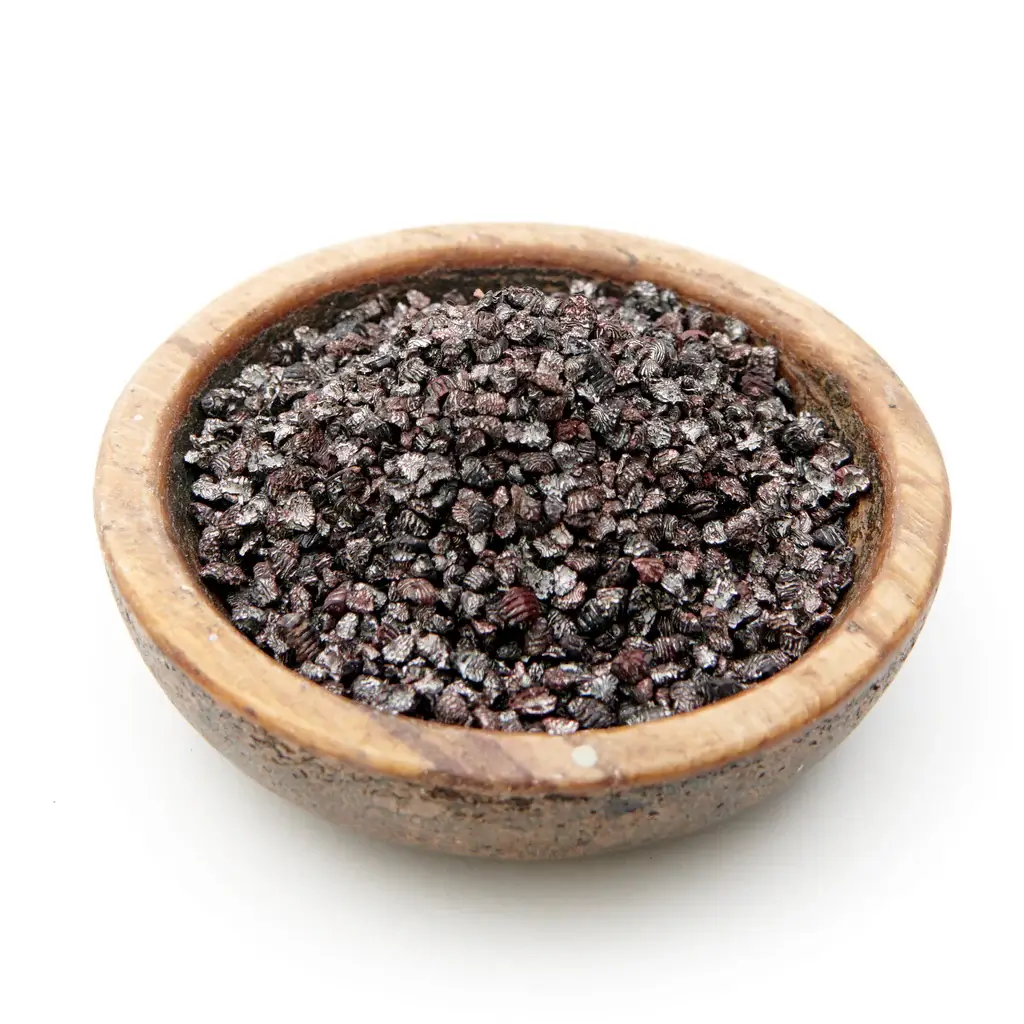
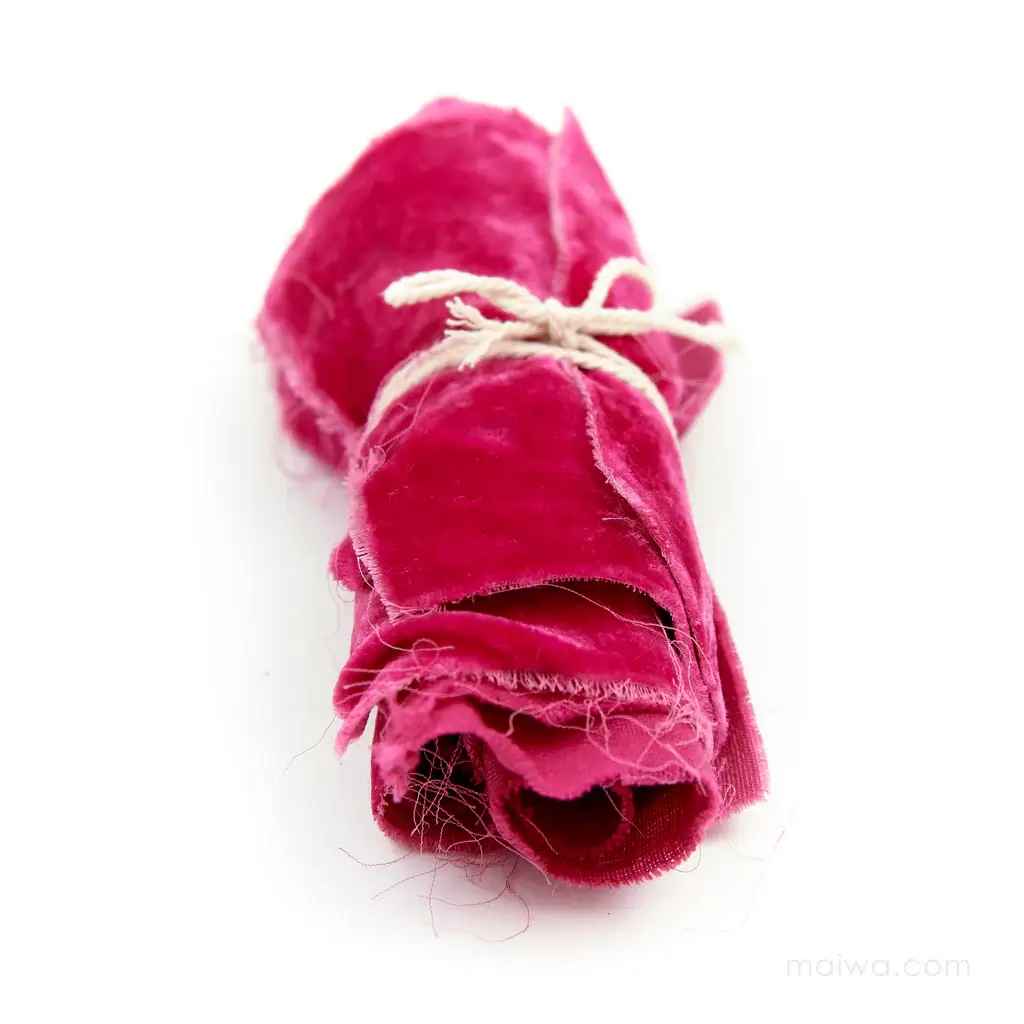
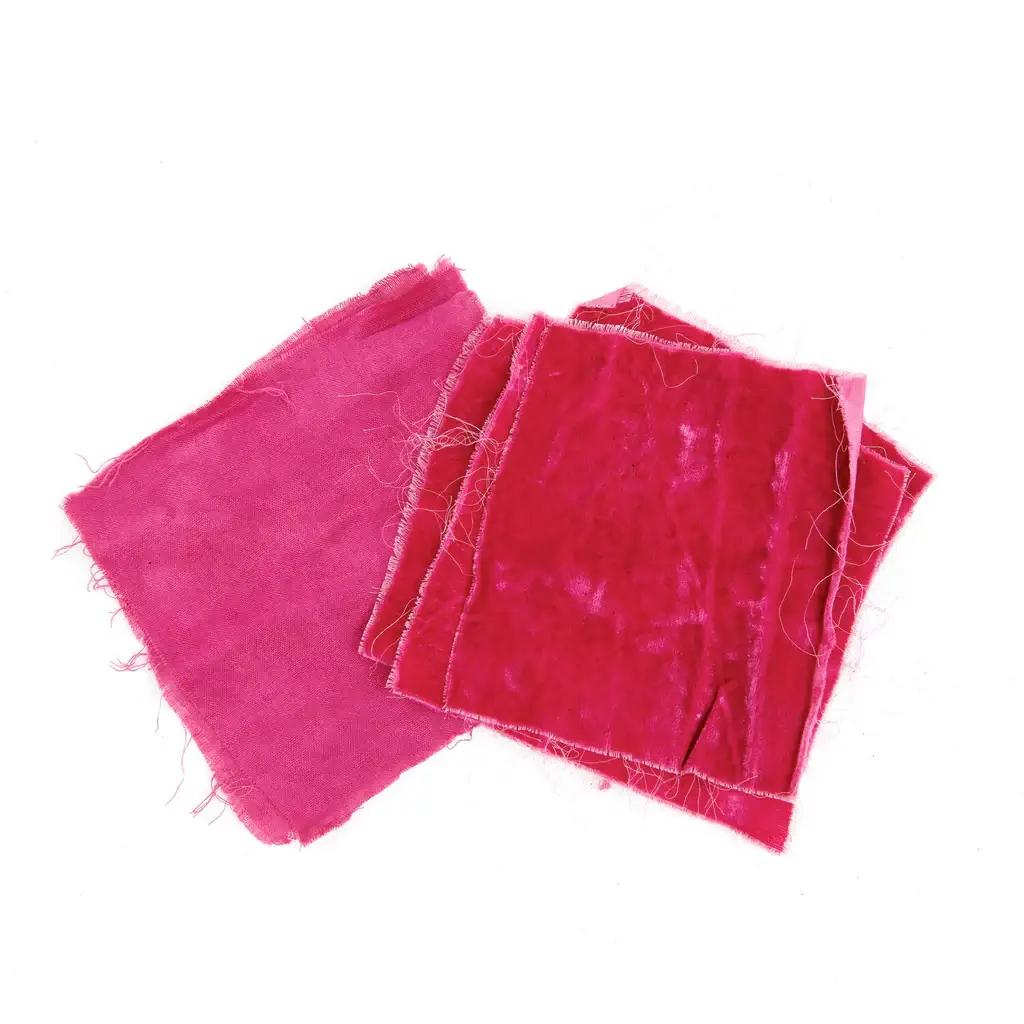
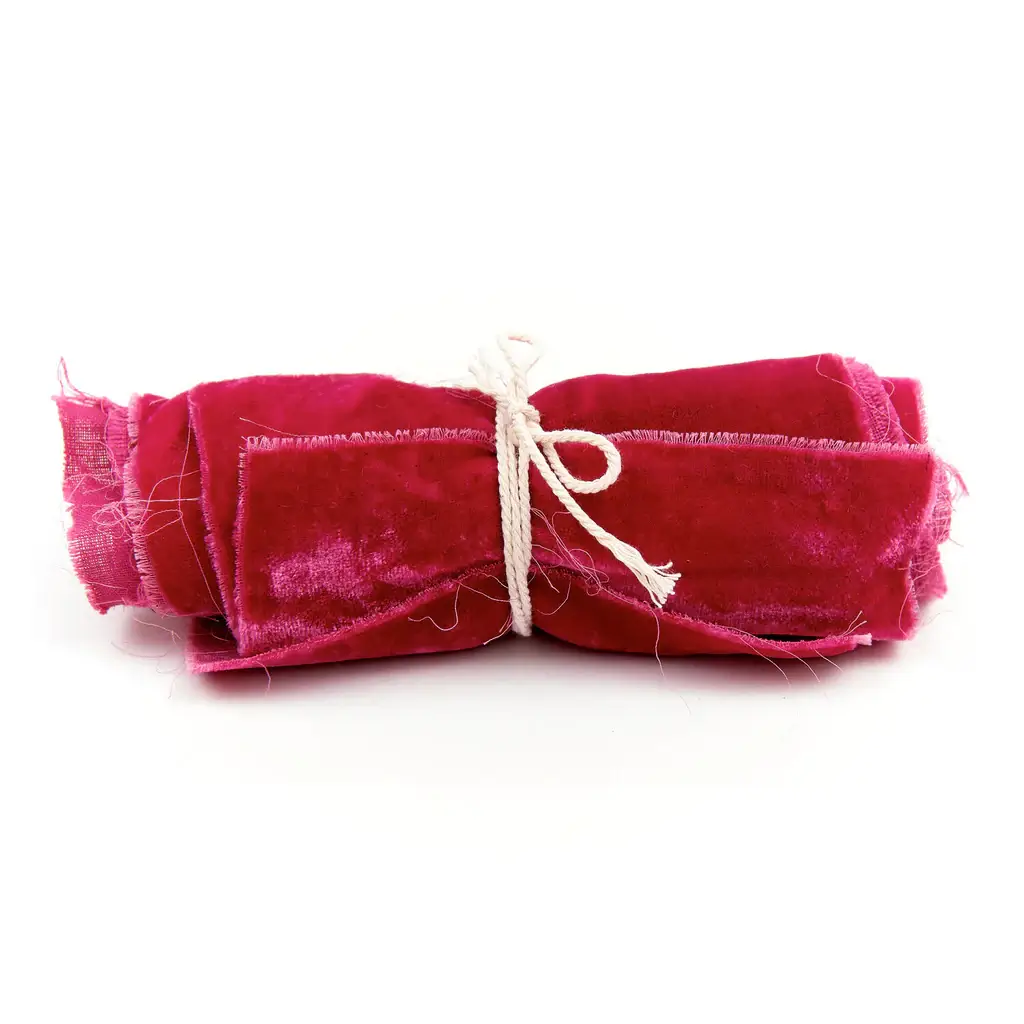
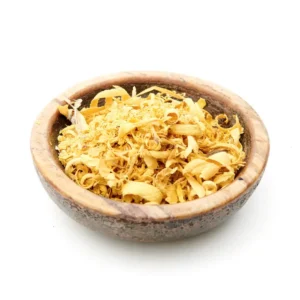
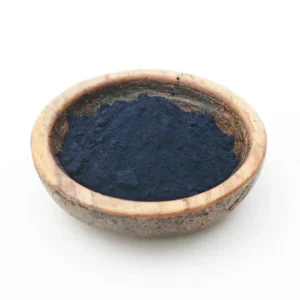
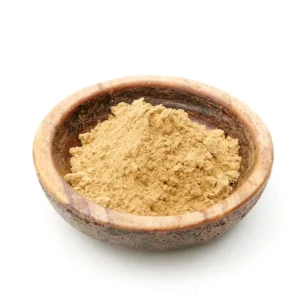
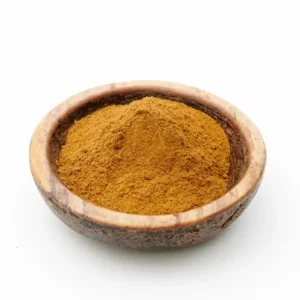
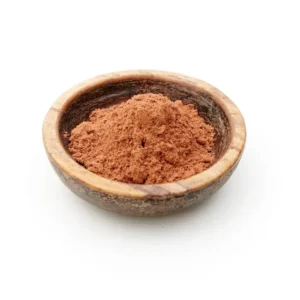
Reviews
There are no reviews yet.